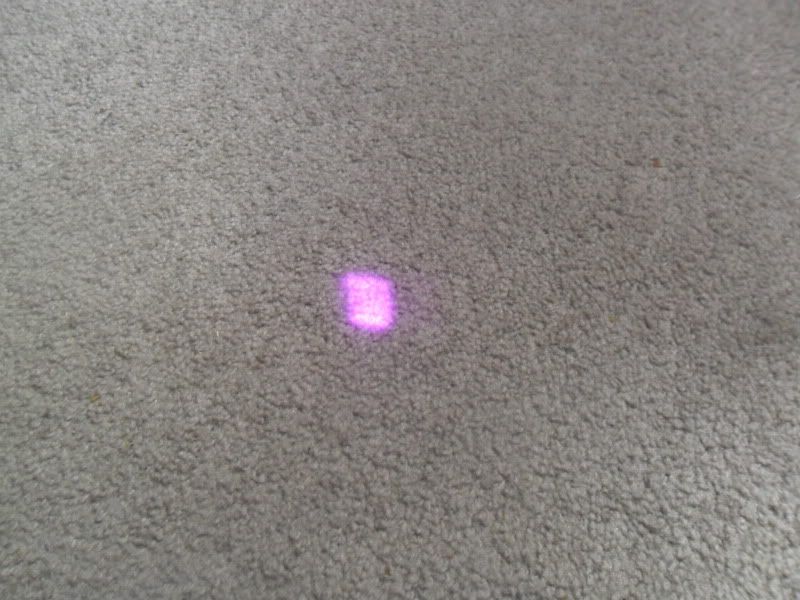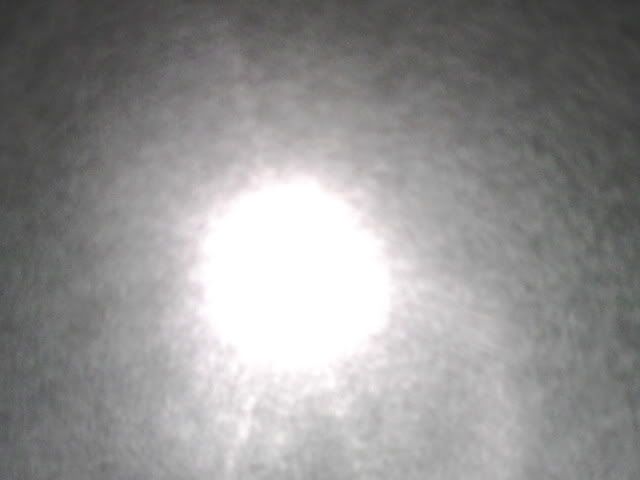- Joined
- May 10, 2011
- Messages
- 1,878
- Points
- 48
Exactly, however as far as power goes (mW) I am definately going to be using something a bit more powerful vs the one the guy used in that article & "flooding" the IR Illuminator out more than 10 ft across.
My Girl needed to stop at Best Buy to pick up some Ink so I decided to sneak over to the Cam's & was amazed how well some could Zoom. An employee came up to me & asked what I was doing & to my suprise he kind of understood. However, for some reason he didn't understand I was to be using this device strictly at Night for Night Vision, as he kept telling me I needed to remove the IR filter. Hm, hope he figured out that at night, there would be no visible light so the IR wouldn't be an issue in my application. Anyways,
Digital VS Optical: Is this a "one or the other" thing or do Camera's come with both options. Problem with Digital Zooms is that it really isn't a true "zoom," it just enlarges the pixels & @ longer distances, it can definately sh*t on the image quality. In my application, Long Distance Zooming will be key, so finding a Camera W/ a kick-butt Optical Zoom is the way to go, eh?
many cameras now come with a ir filter im not exactly sure why. as i dont know allot about cameras. so they wont be able to detect the ir without the filter removed. thats the report he was trying to get across i think.





